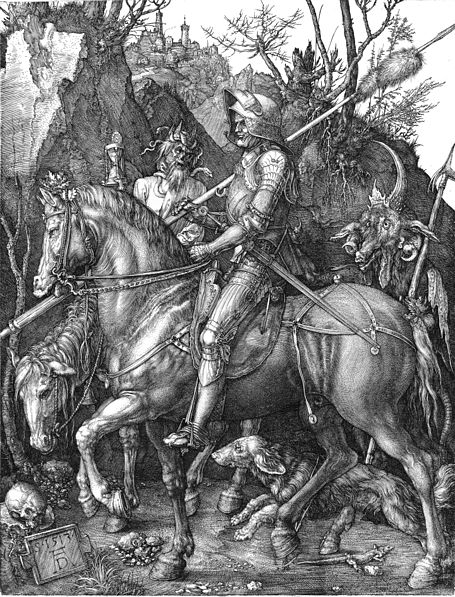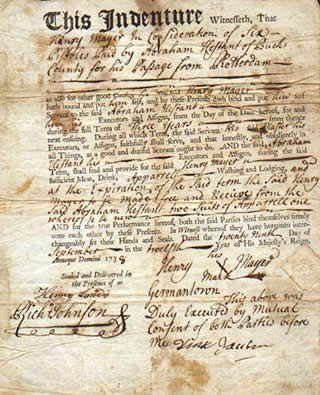(A Paladin in Citadel had two posts (1, 2) on the Chapel of St. Michael d'Aiguilhe in Le Puy-en-Velay in France. It was so cool, I decided to steal it for my Ashford Valley setting).
In the center of the Ashford Valley, between the rivers Ash and Soot, sits the Elven Woods. This mysterious forest has been the home to elves for centuries, even before the humans settled the valley. When the valley was first settled over 300 years ago, the human leaders made a pact with the elves not to disturb their forest. The elves agreed that the humans wouldn't be filled with arrows and their settlements burned. In that way, the tradition of leaving the Elven Woods alone became a constant.
But very little is known of the Elven Woods or the elves that live there. Many areas around the valley have elves that aren't of that tribe and, while the elves of the Elven Wood are friendly, most other valley elves believe those elves are a bit ... odd and insular. Perhaps if they knew the truth, they'd feel differently.
A long time ago, some elves, fleeing a dragon or some other evil, stumbled upon the valley, which they called
Vantumba (the fair, deep valley), and made it their home. The Elven Woods (
Taurë) were larger then and they found plenty to keep them occupied. A mysterious basalt rock formation, standing 269 feet tall, was discovered in the wood. A twisting path of 268 rough stone steps lead to the top to a platform 187 feet across, where an ancient stone table, ringed by several Runestones, sat.
This stone needle intrigued them and they realized that the table bound some unknown demon or evil. Calling the basalt formation
Barad'Craban (the Tower of the Crows) and the table
Andofuin (Gate of Darkness) and unwilling to leave it to it's own devices, they cast many protection, binding and guarding spells. They set a guard on it and waited.
For years, they waited and watched, adding to the spells as they decayed in time, preventing anyone from approaching
Barad'Craban, not sure of what they were guarding. Then humans started entering the valley. Keeping this danger secret was easy - the surrounding forest had shrunk in the intervening centuries but the trees had grown taller (amazingly, all the trees close to
Barad'Craban refused to grow higher than six or so feet, despite repeated attempts to cultivate them by the elves), obscuring the tower.
When the humans and the elves of the wood interacted, it was at the borders of the Elven Woods, far from the tower and table. And so
Barad'Craban was undisturbed.
Nearly 250 years ago, a party of monks appeared at the edge of the Elven Woods. These monks were Nobianites, followers of St. Nobian, a minor deity of protection and healing. Their leader, Prior Robert, had received a vision from his god, telling him to gather what followers he could and go to the Ashford Valley. At the border of the Elven Woods, the Prior met with the elven leaders. Long they spoke and unknown what was said, but for the first time in centuries, humans were allowed to enter the Taurë and approach the Barad'Craban.
The monks built a chapel and belltower on top of the basalt formation and took over guarding of the stone table. The Runestones were incorporated into the chapel to St. Nobian and over the years, as the monks aged and died, other clerics came through the wood, inspired by their god, to serve at the chapel.
The elves continued to guard the surrounding forest and provided the monks with needed sustenance. Several times a year, elvish sorcerers and monks would gather, the elves to cast spells of protection and the monks to bless the chapel. For the next two and a half centuries, the Chapel of St. Nobian thrived and the monks stayed true to their calling.
Every now and then, in Ashford Town proper and around the Elven Woods, a series of bells could be heard ringing. The priests and leity of the valley recognized the tunes as belonging to St. Nobian but no one could discover where they were coming from - not even the regular Nobianites. It just became another mystery of the valley.
Recently, a tragedy has struck. The feared day had come. A hidden doorway opened, into the depths of the
Barad'Craban. The guardian monks have all been killed. And something evil is inhabiting the Chapel. The elves of the Elven Woods are frightened. All their preparations, as well as the prayers of the holy monks, has come to naught - who will enter this chapel, descend into the Tower of Crows and free the Diocese of the Elven Woods from this evil?






















